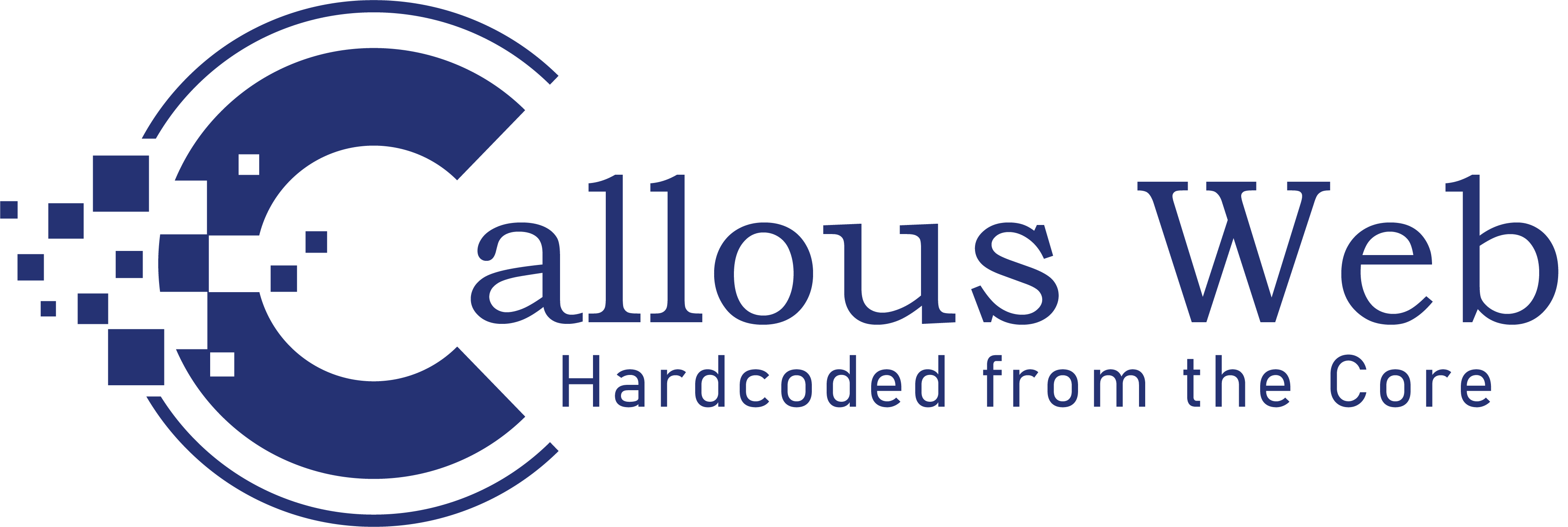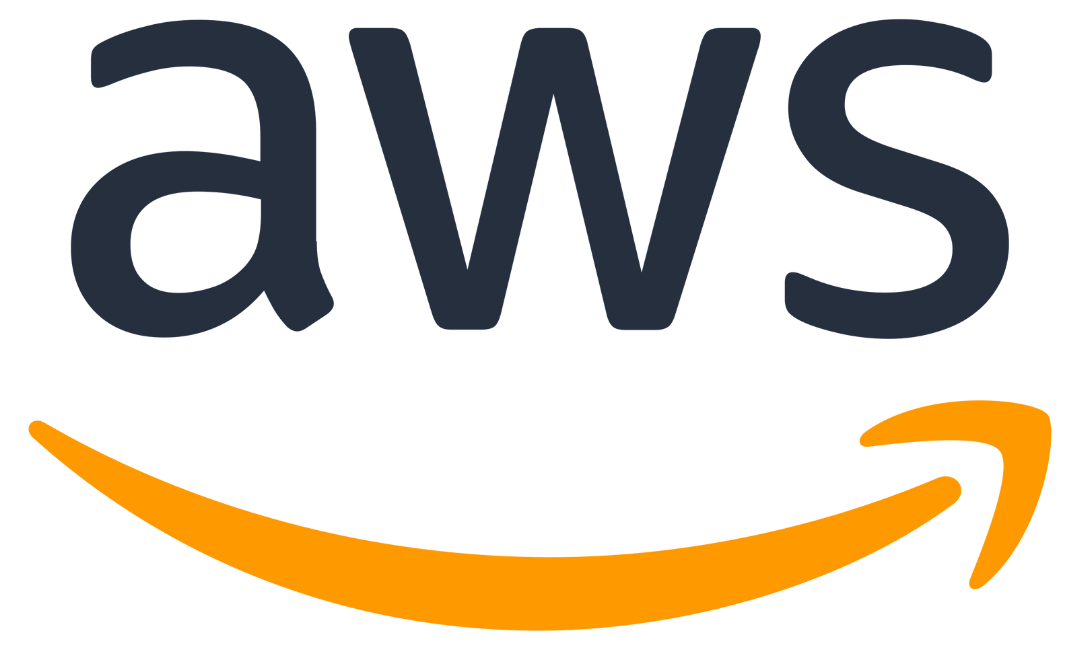Introduction
It’s no secret that modern web technologies are at the core of our digital world. We rely on the web for a variety of tasks, from shopping to banking and more. But how does it all work? In this blog post, we’ll take a look at the various web technologies that power our modern world. From explaining what these technologies are and how they evolved, we’ll also explore what are their different types and how they help us achieve our online goals.
What are Web Technologies?
Web technologies are the set of tools used to build websites and web applications. They include everything from Hypertext Markup Language (HTML) and Cascading Style Sheets (CSS) to more complex technologies like JavaScript, PHP, and Ruby on Rails.
While some web technologies are relatively simple, others can be quite complex. However, even the most complex web technology is only as good as the person using it. With that in mind, let’s take a look at some of the most popular web technologies in use today.
HTML is the foundation of all web pages. It’s a markup language that defines the structure of a page, using a system of tags to denote different types of content. CSS is used to style HTML pages, adding visual elements like colours, fonts, and layouts.
JavaScript is a programming language that enables interactive features on websites, such as animated graphics and form validation. PHP is another popular programming language, often used for server-side scripting – meaning it runs on the web server rather than in the user’s browser. Ruby on Rails is a web application framework written in Ruby, a programming language designed for simplicity and productivity.
While there are many other web technologies out there, these are some of the most commonly used. By understanding how they work together, you can start to build your own website or web application.
The Evolution of Web Technologies
Since their inception in the early 1990s, web technologies have evolved significantly. In the beginning, the web was nothing more than a text-based system for sharing information between computers. Over time, however, the web has evolved into a complex system for sharing and interacting with information that is far more sophisticated than its early incarnations.
Today, the web is powered by a variety of technologies that work together to provide users with a rich experience.
At the core of the web is HTML, which provides the basic structure for displaying content. To improve the way content is displayed, CSS (Cascading Style Sheets) was introduced in 1996. This allows for custom styling, making it easier to create attractive websites.
JavaScript was introduced in 1995 and allows developers to create interactive experiences for users. This has enabled websites to become more dynamic and engaging by providing features such as animations and interactive elements.
Web standards have also changed dramatically over time. From early versions of HTML that used tables for layout to modern standards like HTML5, CSS3, and W3C accessibility guidelines, web developers are now able to create high-quality websites that are accessible to all users.
Finally, web technologies continue to evolve as new ones are created and older technologies become obsolete or unfeasible. For example, Flash is no longer widely used due to its lack of support on mobile devices while newer technologies like WebGL enable immersive 3D experiences on the web.
The Different Types of Web Technologies
Many different types of web technologies power the modern world’s websites and applications. Here are some of the most common types of modern web technologies:
- HTML (Hypertext Markup Language): HTML is the foundation of all web content, or we can say, the standard markup language for creating web pages. It is used to structure and format text, images, and other content on a web page and defines how it should be displayed.
- CSS (Cascading Style Sheets): CSS is used to style the visual presentation of web pages. It can be used to set colours, fonts, layouts, and other design elements. CSS is also used to style HTML elements and give pages their visual appearance.
- JavaScript: JavaScript is a programming language that allows developers to create interactive web applications. It is used to add collectivity to web pages. It can be used to create forms, games, and other dynamic content.
- PHP (Hypertext Preprocessor): PHP is a server-side scripting language that is used to generate dynamic web pages. It can be used to access databases and create cookies.
- MySQL: MySQL is a relational database management system (RDBMS) that stores data for websites. It can be used to store user information, website content, and more.
These are just a few of the technologies that power the modern web. Each of these technologies has its role to play in how the web works. Together, they allow us to do things like stream videos, share photos and even shop online. The possibilities are endless!
How do modern Web Technologies work?
Web technologies are constantly evolving, and new technologies are being developed all the time. However, the underlying principles of how the web works haven’t changed much since the early days of the internet.
The basic principle of how the web works is that your computer (or other devices) connects to a server somewhere on the internet, and then requests information from that server. The server then sends back the requested information, which is displayed on your screen.
This process happens every time you visit a website or use an online service. The specific technologies involved can vary depending on what you’re doing, but the basic principle is always the same.
Nowadays, there are many different types of servers and technologies involved in making sure that you can browse the web and use online services. But at its core, the process is still very similar to what it was in the early days of the internet.
Benefits of using Web Technologies
Web technologies have come a long way in recent years, and there are now several different ways to develop web applications. Each has its own benefits and drawbacks, but in general, using these technologies can help you:
- Develop applications quickly and efficiently
- Deploy applications with little or no downtime
- Scale applications easily to meet changing needs
- Integrate applications with other systems
- Create rich, interactive user experiences
- Support multiple browsers and platforms
- Provide secure access to data and applications
- Reduce development costs with reusable components
- Create accessible applications for people with disabilities
Drawbacks of using Web Technologies
While there are many advantages to using web technologies, there are also some drawbacks.
One of the main drawbacks is that they can be complex and difficult to understand. This can make it difficult for developers to create websites and applications that work correctly.
Additionally, they can be unstable and change frequently, which can make it difficult to keep up with the latest trends.
Finally, because web technologies are often used to share personal information, they can be susceptible to security threats such as hacking and identity theft.
Conclusion
To summarise, web technologies have revolutionised the way we communicate, work and stay connected. With the help of modern tools like HTML, CSS and JavaScript, developers are now able to create dynamic websites that offer a great user experience. Additionally, APIs allow us to easily access data from various sources so that it can be integrated into our applications quickly. Finally, cloud computing allows users to store their information securely while providing them with an easy way to access it wherever they go. Web technologies truly have changed the way we live in this digital age and will continue to do so as more advanced technology becomes available.





